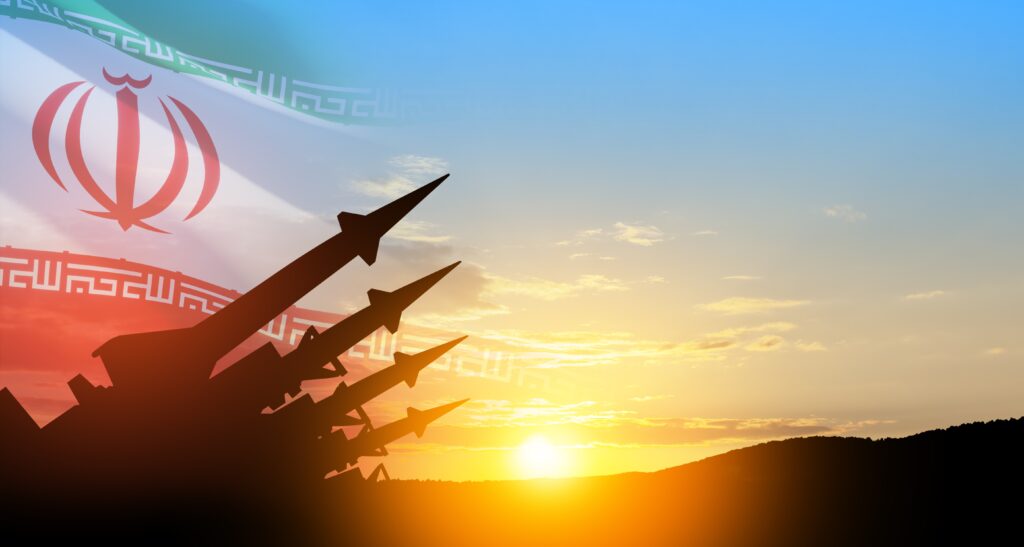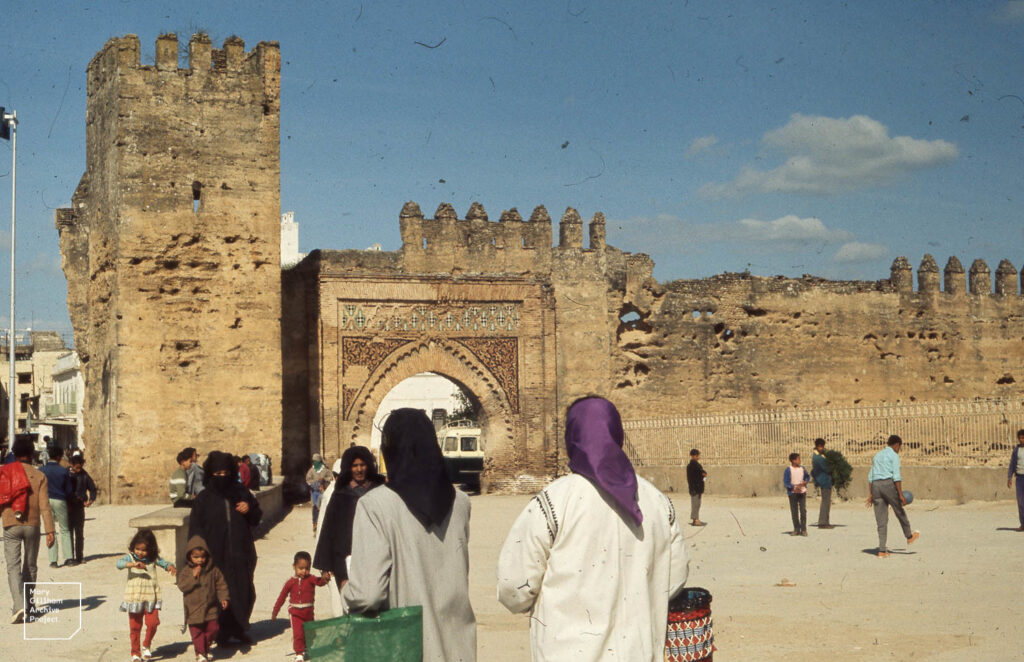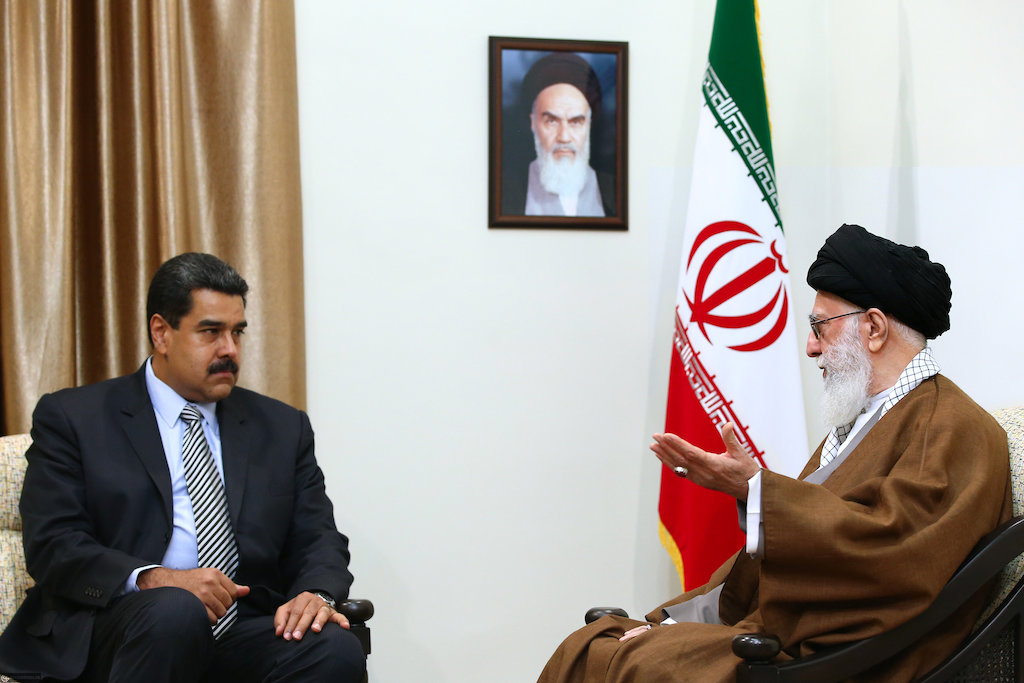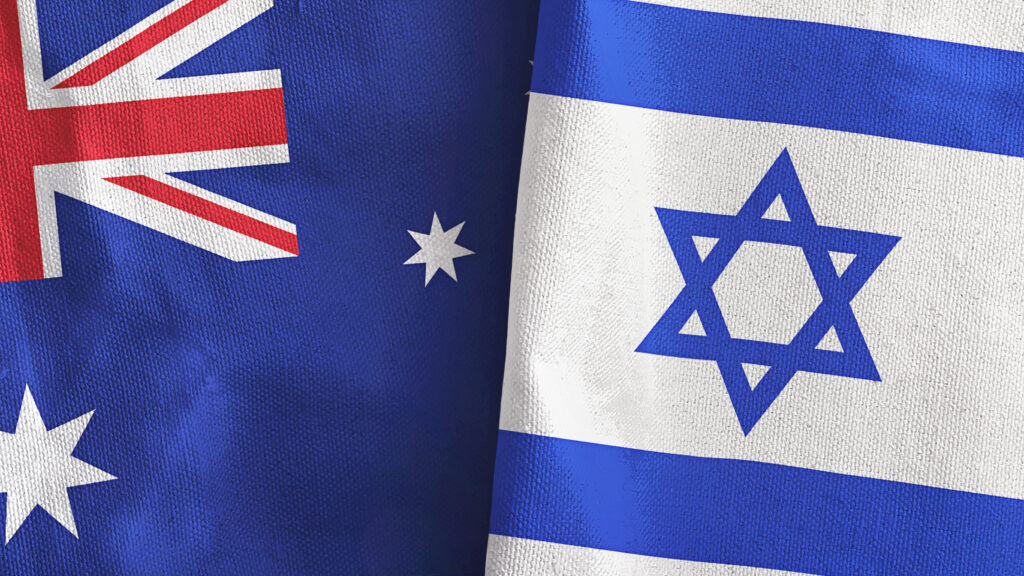IN THE MEDIA
World a safer place if Iran doesn’t have nukes
June 18, 2025 | Oved Lobel

Daily Telegraph/ Courier Mail – 18 June 2025
The raison d’être of the Islamic Revolution that conquered Iran in 1979 was the destruction of Israel. In both word and deed, every Iranian official for decades has stressed this priority, constantly trying to orchestrate a multi-front war via Arab branches and clients of the Islamic Revolutionary Guard Corps (IRGC) to eventually destroy the Jewish State.
The Hamas invasion of Israel on October 7, 2023, and subsequent attacks by the Houthis, Hezbollah, Iraqi and Syrian militias and Iran itself, were the culmination of this strategy, but Iran has been trying to conduct this multi-front war since at least the 1990s. It’s more than understandable why Jerusalem believes such a regime, so implacably and openly dedicated to Israel’s destruction, must never be allowed to possess nuclear weapons or even the potential to rapidly develop them.
Israel has long had a doctrine of preventive strikes to ensure its enemies could not build nuclear weapons. The so-called Begin Doctrine was most famously demonstrated in 1981 when Iraq’s Osirak reactor was bombed. Then Prime Minister Menachem Begin declared, “We chose this moment: now, not later, because later may be too late, perhaps forever,” later publicly announcing, “This attack will be a precedent for every future government in Israel.” Israel demonstrated this resolve again when it destroyed Syria’s plutonium reactor at Al Kibar in 2007.
After more than a month of warnings that Israel was gearing up for an imminent campaign against Iran’s nuclear program, Operation Rising Lion began on June 13, targeting Iran’s nuclear and missile infrastructure and assassinating senior military officials and nuclear scientists. These include IRGC chief Hossein Salami and former chief of Iran’s enrichment program Fereydoon Abbasi, among dozens of others.
Iran had an active, organised nuclear weapons program from the 1980s through 2003. Even though it was subsequently officially “halted” that year, research continued under various guises. Shortly before he was assassinated, Abbasi said Iran “had reached the capability to build a weapon 15-20 years ago,” something also claimed by other senior Iranian officials. The nuclear archive taken by Israel in May 2018, as well as multiple US intelligence assessments and subsequent International Atomic Energy Agency (IAEA) reports, make it clear they were not lying.
The Iranian enrichment program was allowed to expand exponentially as the US and its European allies tried a combination of sanctions pressure and diplomacy to negotiate constraints and oversight of the program, culminating in the Joint Comprehensive Plan of Action, or JCPOA.
The deal was deeply flawed, but worse, it didn’t address the fact that Iran could weaponise whenever it wanted, having been permitted to maintain enrichment facilities. The deal was essentially a bribe to Iran not to pursue weaponisation, and to put as large a gap as possible between a decision to weaponise and actual nuclear capability.
In May 2018, President Donald Trump repudiated the deal and implemented a “maximum pressure” campaign of crushing sanctions to force the Iranian regime to renegotiate a more comprehensive and stronger deal.
In response, Iran began to gradually violate its JCPOA commitments at an accelerating rate. Following Israel’s assassination of Mohsen Fakhrizadeh, the previous chief of the nuclear weapons program, in November 2020, Iran upped enrichment to 20%. Then, after an Israeli sabotage operation severely damaged Iran’s Natanz enrichment site, Iran retaliated by beginning to enrich uranium to 60%, just a short technical step away from the 90% “weapons-grade” needed in a bomb.
In 2021, to pressure the Biden Administration, Iran also ceased fully cooperating with the IAEA and suspended its implementation of the IAEA’s Additional Protocol, removing almost any visibility into the enrichment program.
The most recent IAEA report, in June, said Iran had accumulated more than 400kg of 60% enriched uranium, an increase of nearly 50% since the IAEA’s February assessment and potentially enough for at least nine nuclear weapons if further enriched to 90%. There’s no civilian use for such material, and the report noted Iran is “the only non-nuclear-weapon state to produce such material.” For the first time in about 20 years, the IAEA declared Iran to have breached its non-proliferation obligations.
Meanwhile, renewed negotiations between the US and Iran were deadlocked over Iran’s red line: that it be allowed to continue enriching uranium. The JCPOA was the result of the Obama Administration conceding on that issue, but the Trump Administration refused. So the day after a two-month deadline set by Donald Trump for a new deal passed, Israel struck.
In February this year, the New York Times reported that a secret team of Iranian scientists was working on cruder options for faster nuclear weaponisation if a decision was made. Israeli intelligence also says Iran has a covert plan for its scientists to “secretly develop all components needed for developing a nuclear weapon.”
After the decimation of Hamas, Hezbollah, the Houthis, the collapse of the Assad regime and Israel’s own destruction of Iran’s air defence network as a result of the war Iran launched on October 7, 2023, Israel saw a unique window of opportunity to remove that existential threat. And it went for it.
Despite the current uncertainty, the world will be a better and safer place if Israel succeeds in defanging, or at least substantially setting back, Iran’s rapidly maturing nuclear and ballistic missile programs.





